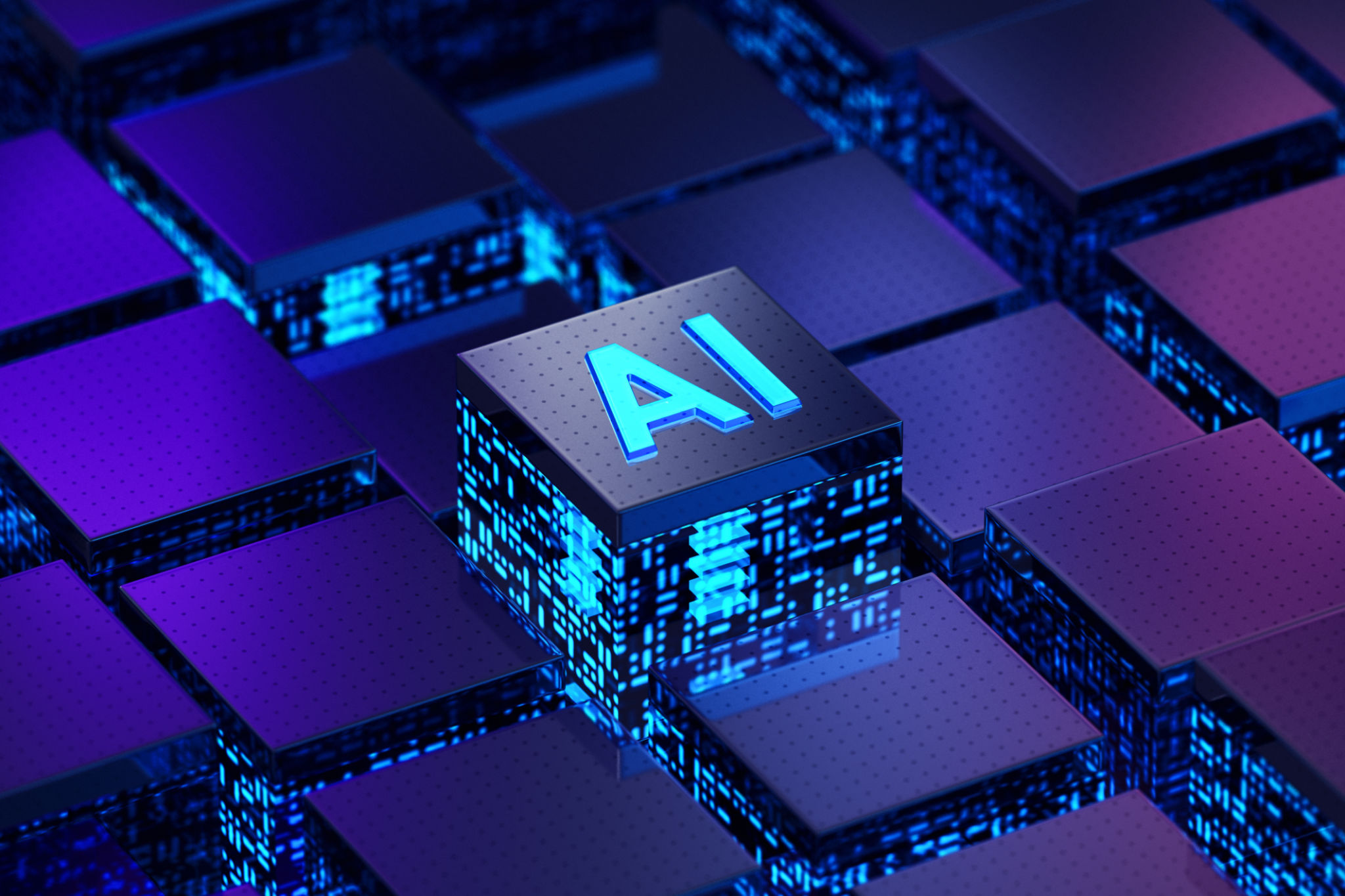The Ultimate Guide to AI Training: What Businesses Need to Know
Understanding AI Training
Artificial Intelligence (AI) has become an integral part of business operations across various industries. To leverage AI effectively, businesses must understand the fundamentals of AI training. At its core, AI training involves teaching machines to perform tasks that typically require human intelligence, such as decision-making, problem-solving, and language understanding.
AI training is a process that involves feeding vast amounts of data into algorithms that learn from patterns and improve over time. This training is crucial for businesses looking to enhance operational efficiency, improve customer experiences, and drive innovation.

The Importance of Quality Data
One of the most critical components of AI training is data. Quality data is essential for creating accurate and reliable AI models. Businesses must ensure that their data is clean, diverse, and representative of real-world scenarios. Poor quality data can lead to biased models and incorrect predictions, which can have significant consequences.
To maintain data quality, businesses should implement robust data management practices and continuously monitor the data being used in AI training. This ensures that the AI models remain effective and up to date with the latest information.
Choosing the Right AI Model
Selecting the right AI model is crucial for achieving desired outcomes. Different models are suited for different tasks, such as image recognition, natural language processing, or predictive analytics. Businesses need to assess their specific needs and objectives to choose the most appropriate model.
Consulting with AI experts or utilizing platforms that offer pre-built models can help businesses make informed decisions. It’s important to remember that the choice of model can significantly impact the efficiency and accuracy of AI solutions.

Training Techniques
Various techniques are used in AI training, including supervised learning, unsupervised learning, and reinforcement learning. Each technique has its unique applications and benefits:
- Supervised Learning: Involves training the model on a labeled dataset, where the correct output is known. This is commonly used for tasks like classification and regression.
- Unsupervised Learning: Utilizes data without labeled responses, ideal for discovering hidden patterns or groupings in data.
- Reinforcement Learning: Focuses on training models through trial and error, utilizing feedback to improve performance over time.
Implementing AI Training in Business
Integrating AI training into business processes requires careful planning and execution. Businesses should start with identifying specific problems they wish to solve using AI and set clear objectives. It is also critical to allocate resources, including skilled personnel and advanced computing infrastructure, to support AI initiatives.

Ethical Considerations
As businesses adopt AI technologies, ethical considerations should not be overlooked. Ensuring transparency, accountability, and fairness in AI systems is vital. Companies must be aware of potential biases in AI models and take steps to mitigate them.
Establishing ethical guidelines and regularly auditing AI systems can help maintain trust and integrity in AI-powered solutions. Businesses should also stay informed about evolving regulations and industry standards related to AI ethics.
The Future of AI Training
The future of AI training holds exciting possibilities for businesses. As technology advances, we can expect more sophisticated models and efficient training methods. Businesses that stay ahead of these trends will be well-positioned to capitalize on emerging opportunities.
Continuous learning and adaptation are key to success in the rapidly evolving AI landscape. By investing in research and development, businesses can harness the full potential of AI to drive growth and innovation.